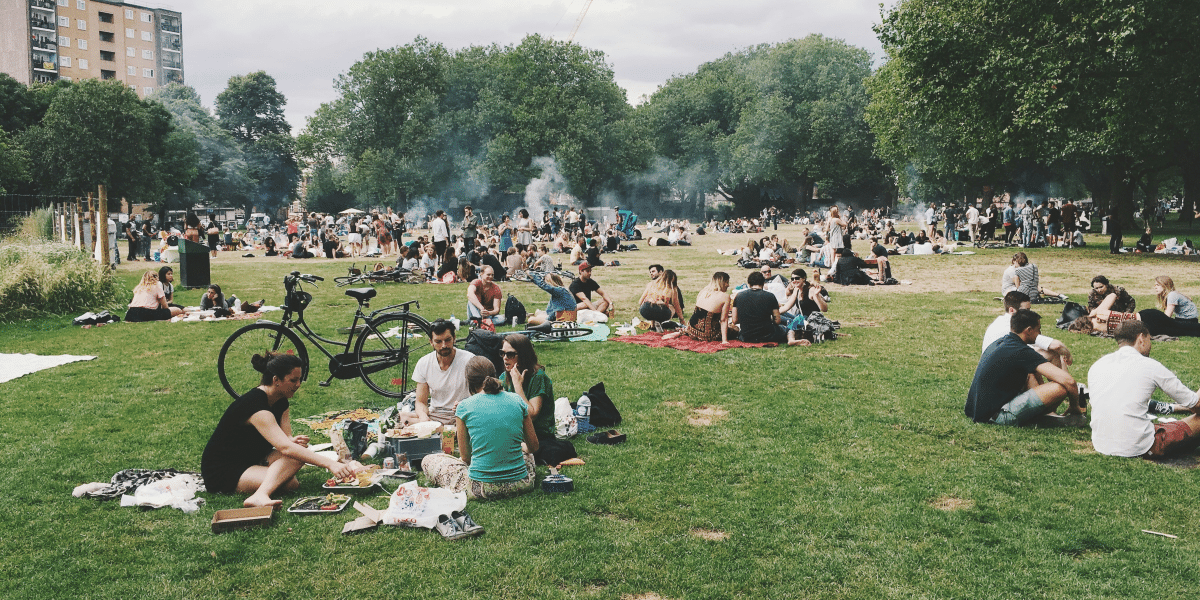Imagine these paintings as treasures from the past. They tell us stories about how people lived, what they believed, and how they saw the world. But just like old things, paintings can get worn out or damaged over time. That’s where art conservation comes in. It’s like giving these paintings a check-up and fixing any problems they have.
Art conservation is like a bridge between the past and the future. By taking care of these paintings, we make sure that people in the future can also enjoy them. They can learn from them, be inspired by them, and connect with their history. It’s like passing down a precious gift to the next generation, so they can see the beauty and understand the importance of these artworks.
Understanding Art Conservation
Art conservation isn’t just about fixing what’s broken; it’s about preventing problems in the first place. Think of it like taking care of your health. You eat well, exercise, and get check-ups to stay healthy, right? It’s the same with art conservation.
Preventive conservation is like the healthy habits for artworks. It’s about controlling the environment around the painting, like making sure the temperature and humidity aren’t too high or too low. It’s also about keeping the painting away from harmful light, which can fade the colors over time. By taking these preventive measures, we can slow down the aging process of the painting and protect it from accidental damage.
It’s like giving the painting a comfortable and safe home where it can live for a long time. This way, we can ensure that these precious artworks stay in good condition for generations to come, and everyone can continue to enjoy their beauty and learn from their stories.
Examination and Treatment
Sometimes, paintings need more than just a little care and attention. They might have serious problems like peeling paint, tears in the canvas, or colors that have faded. When this happens, art conservators act like detectives, carefully examining the painting to figure out what’s wrong and how to fix it.
The first step is like giving the painting a thorough check-up. Conservators look closely at the painting, using special lights and magnifying glasses to see every tiny detail. They might even use X-rays to see what’s underneath the surface, kind of like how doctors use X-rays to see inside our bodies. They also do tests to find out what materials the artist used, like the type of paint or the kind of canvas.
All of this information is important because it helps conservators understand how the painting was made and what might be causing the problems. It’s like putting together a puzzle, but instead of a picture, they’re creating a plan to fix the painting. They carefully choose the right tools and techniques, making sure not to harm the original artwork. It’s a delicate process, but it’s all worth it to preserve these precious pieces of history and art.
The Role of Documentation
Documentation is a critical aspect of art conservation. Conservators meticulously record every step of the examination and treatment process, including photographs, written reports, and scientific analyses. This documentation serves as a valuable resource for future conservators, researchers, and art historians, providing insights into the painting’s history, condition, and treatment.
Art conservation presents unique challenges, as each painting is a unique object with its own history and vulnerabilities. Conservators must balance the need for preservation with ethical considerations, ensuring that their interventions respect the artist’s original intent and do not alter the artwork’s historical integrity.
The Importance of Art Conservation
Art conservation isn’t just about fixing old paintings. It’s about protecting our stories and the beautiful things our ancestors made. Paintings are like windows that let us see into the past. They show us how people lived, what they believed, and the amazing things they could create.
When we take care of these paintings, we’re making sure that future generations can also see these windows to the past. They can learn from them, feel connected to their history, and understand where they came from. It’s like passing down a precious family heirloom, but instead of just one family, it’s for everyone.
Art conservation is important because it keeps the beauty and meaning of these paintings alive. It’s a way of honoring the artists who created them and sharing their stories with the world. By protecting these treasures, we make sure that the art we cherish today can be appreciated by everyone, both now and in the years to come.










